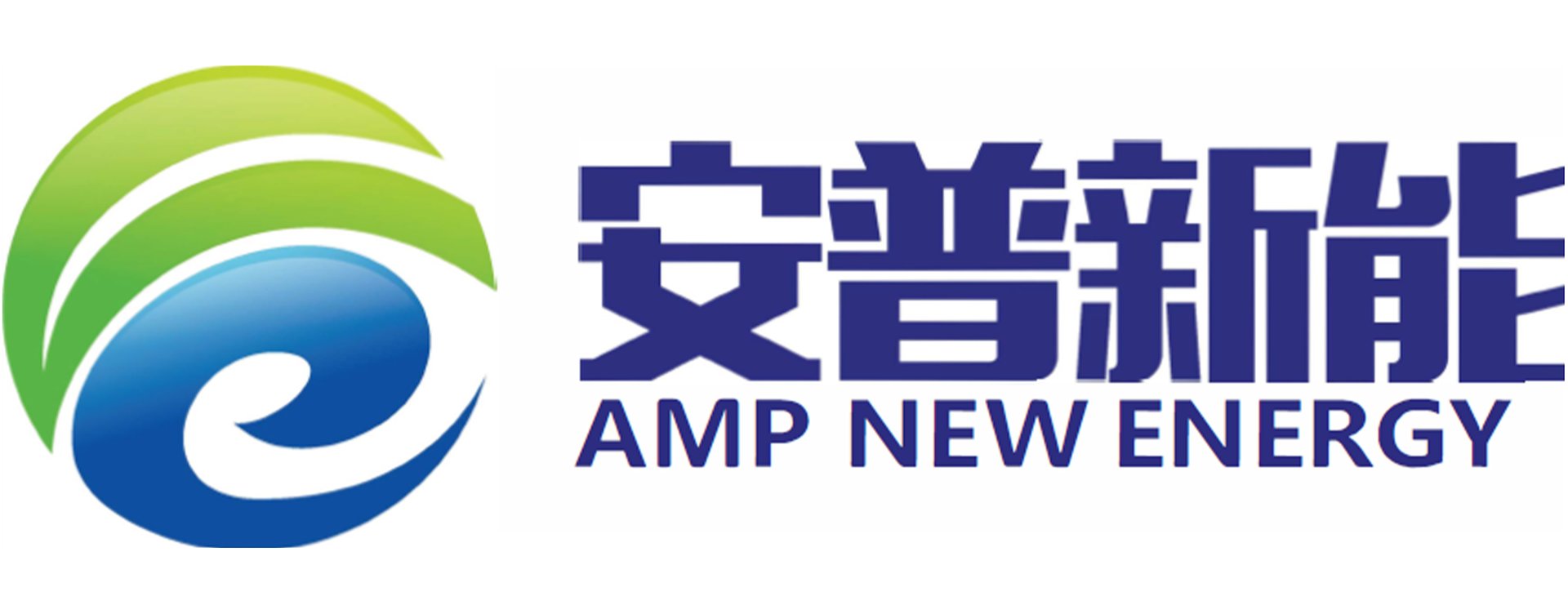What is PVDF Membrane Material? A Comprehensive Guide
Introduction
PVDF (Polyvinylidene Fluoride) membrane material is a versatile and widely used synthetic membrane in various industries. It offers exceptional chemical resistance, durability, and high performance, making it suitable for a wide range of applications. In this article, we will explore the characteristics, uses, and benefits of PVDF membrane material.
The Composition of PVDF Membrane Material
PVDF membrane material is composed of a polymer called polyvinylidene fluoride. The polymer is made up of repeating units of vinylidene fluoride monomers. The arrangement of these monomers gives PVDF its unique properties, including its high chemical resistance and excellent mechanical strength.
Chemical Resistance and Durability
PVDF membrane material is known for its exceptional chemical resistance, making it suitable for applications where exposure to harsh chemicals is common. It can withstand a wide range of acids, bases, and organic solvents without degrading or losing its integrity. Additionally, PVDF membranes exhibit excellent durability, allowing them to retain their performance even under challenging conditions.
Hydrophobicity and Hydrophilicity
PVDF membrane material can be modified to exhibit both hydrophobic and hydrophilic properties. Hydrophobic PVDF membranes repel water and allow only non-polar substances to pass through, making them useful for applications such as gas separation and filtration of non-aqueous liquids. On the other hand, hydrophilic PVDF membranes attract water and allow both polar and non-polar substances to pass through, making them suitable for applications such as water purification and protein filtration.
Microfiltration and Ultrafiltration
PVDF membrane material is widely used in microfiltration and ultrafiltration processes. Microfiltration membranes have larger pore sizes and are used for the removal of suspended solids, bacteria, and large particles from liquids. Ultrafiltration membranes have smaller pore sizes and are used for the separation of macromolecules, proteins, and viruses. PVDF membranes are preferred in these applications due to their excellent filtration efficiency and chemical resistance.
Biomedical Applications
PVDF membrane material finds extensive use in biomedical applications. It is commonly used in the manufacture of medical devices such as catheters, filters, and drug delivery systems. PVDF membranes are biocompatible, meaning they do not elicit harmful immune reactions or tissue responses when in contact with living organisms. This property makes them ideal for applications where direct interaction with the human body is required.
Water Treatment and Desalination
PVDF membrane material is widely employed in water treatment and desalination processes. It is used in reverse osmosis and nanofiltration systems to remove impurities, salts, and contaminants from water, making it safe for consumption or industrial use. PVDF membranes offer high salt rejection rates and excellent fouling resistance, ensuring efficient and reliable water purification.
Electrochemical Applications
PVDF membrane material is utilized in various electrochemical applications, including batteries, fuel cells, and sensors. Its high dielectric constant and excellent ion conductivity make it an ideal separator material in these devices. PVDF membranes also exhibit good thermal stability and mechanical strength, ensuring the long-term performance and reliability of electrochemical systems.
Environmental Applications
PVDF membrane material plays a crucial role in environmental applications such as air and gas filtration, wastewater treatment, and air pollution control. PVDF membranes can effectively remove particulate matter, pollutants, and contaminants from air and water streams. Their chemical resistance and durability make them suitable for use in challenging environmental conditions.
Conclusion
PVDF membrane material is a versatile and high-performance synthetic membrane with a wide range of applications. Its exceptional chemical resistance, durability, and ability to be modified for hydrophobic or hydrophilic properties make it a preferred choice in various industries. From water treatment to biomedical applications, PVDF membranes continue to contribute to the advancement of technology and improve the quality of life.

